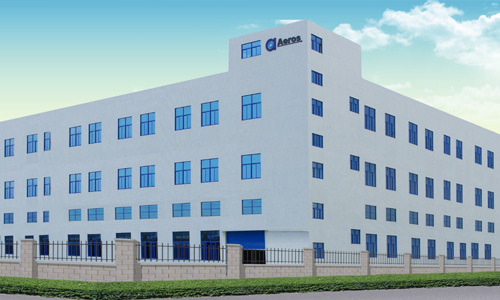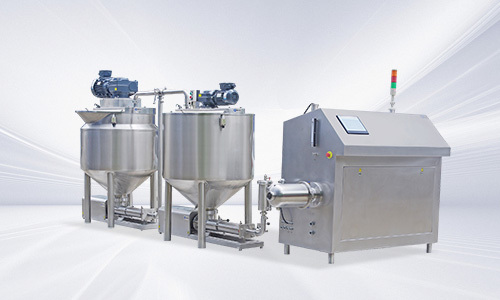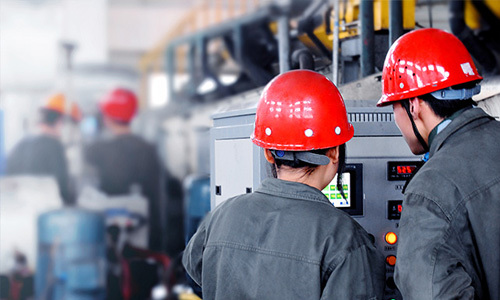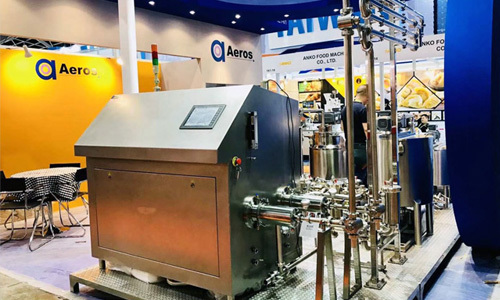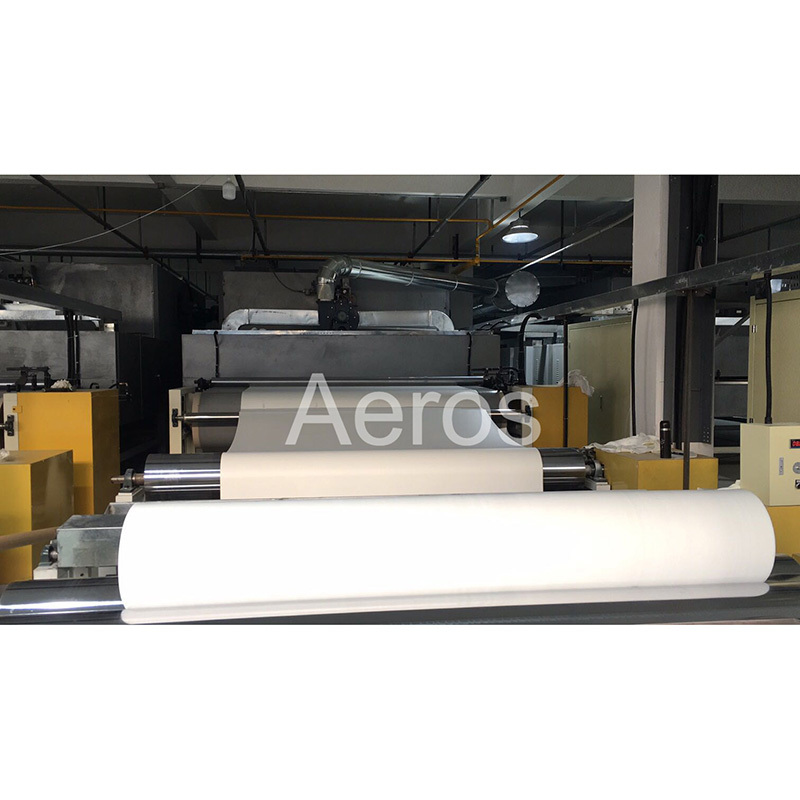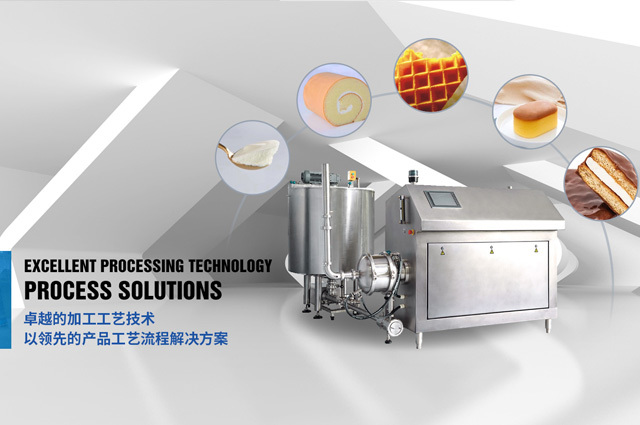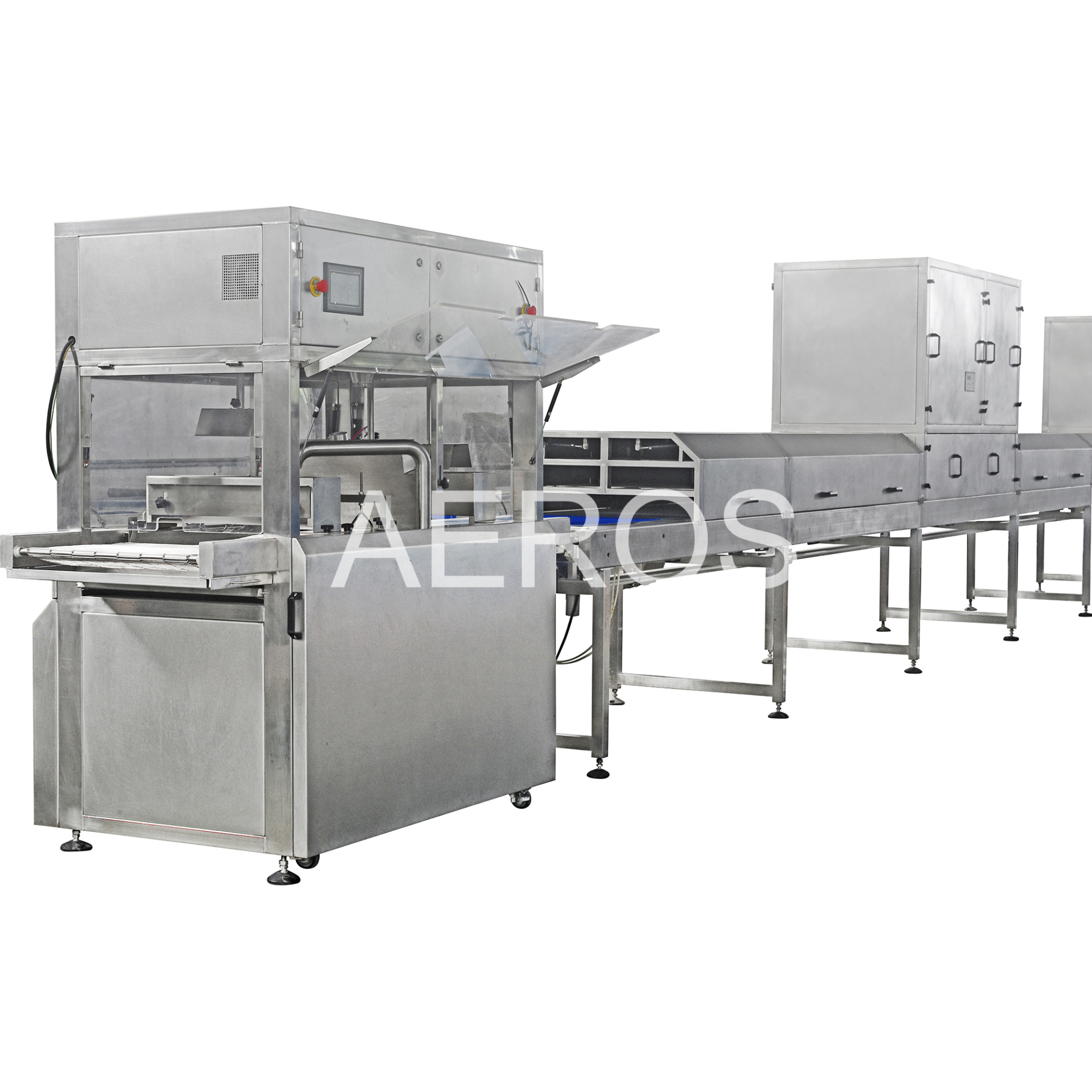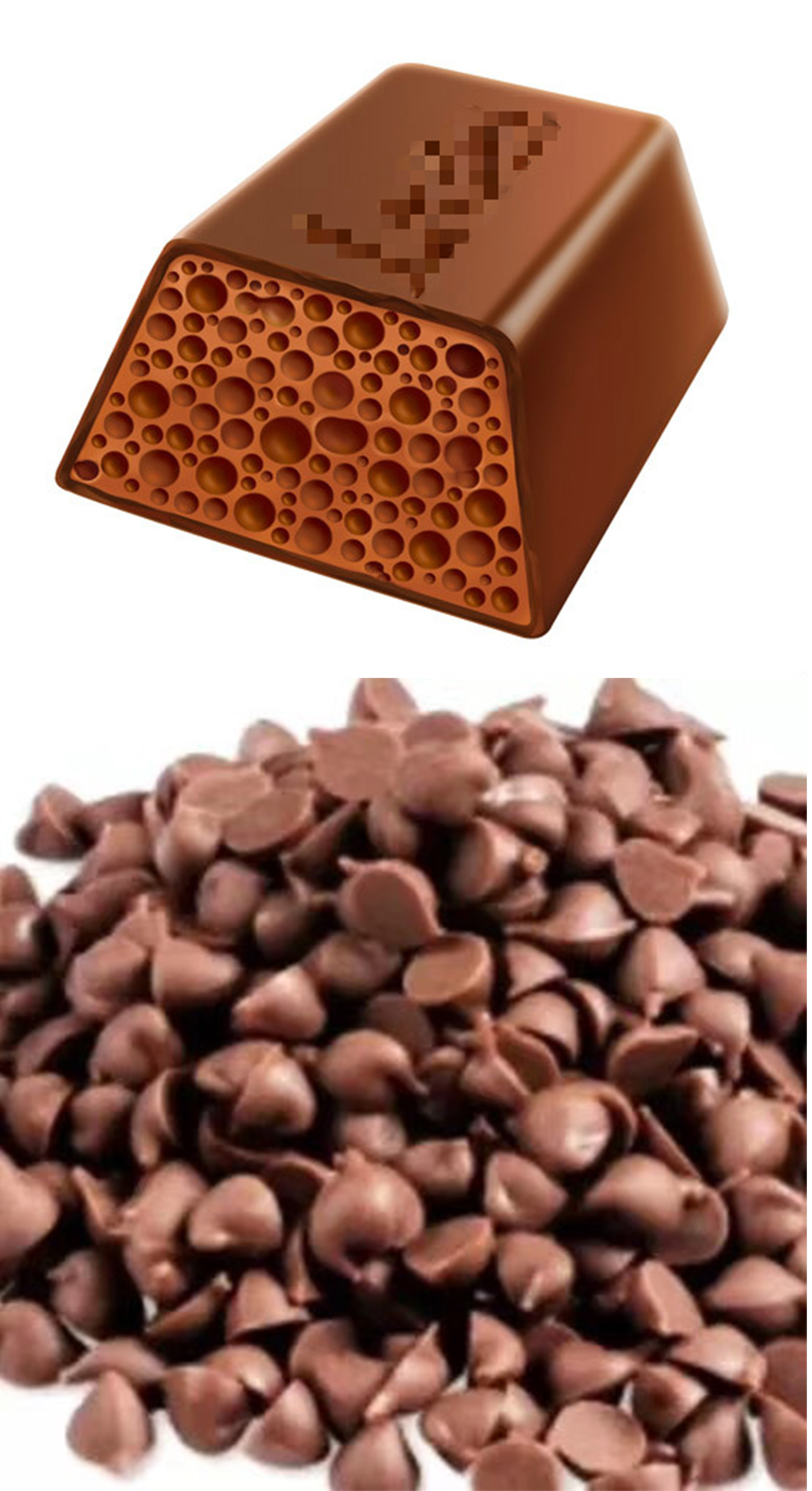Unlocking Efficiency: The Role of OEM Continuous Aeration Machines in Manufacturing

2025/07/28
Unlocking Efficiency: The Role of OEM Continuous Aeration Machines in Manufacturing
Table of Contents
- 1. Introduction to OEM Continuous Aeration Machines
- 2. The Importance of Aeration in Manufacturing
- 3. How Continuous Aeration Machines Function
- 4. Key Benefits of OEM Continuous Aeration Machines
- 5. Applications Across Various Industries
- 6. Selecting the Right OEM Continuous Aeration Machines
- 7. Maintenance Tips for Optimal Performance
- 8. The Future of Aeration Technology in Manufacturing
- 9. Frequently Asked Questions
- 10. Conclusion
1. Introduction to OEM Continuous Aeration Machines
In today's fast-paced manufacturing landscape, **OEM continuous aeration machines** have emerged as pivotal tools for enhancing operational efficiency. These machines are designed to facilitate consistent airflow in various manufacturing processes, ensuring that materials are treated effectively. By optimizing the aeration process, manufacturers can achieve greater levels of productivity and cost savings.
2. The Importance of Aeration in Manufacturing
Aeration plays a critical role in several manufacturing processes, especially in industries such as **food production, wastewater treatment, and chemical manufacturing**. Proper aeration helps in:
- **Enhancing chemical reactions**: In many chemical processes, aeration is essential for achieving the right reaction rates.
- **Maintaining product quality**: In food manufacturing, aeration helps preserve product freshness and prevents spoilage.
- **Improving efficiency**: Continuous aeration enables constant mixing, leading to more uniform product characteristics.
Without effective aeration, manufacturers face risks such as reduced quality control, lower output, and increased operational costs.
3. How Continuous Aeration Machines Function
OEM continuous aeration machines operate through a system of blowers and diffusers that introduce air into a manufacturing process. The operation can be broken down into several key components:
3.1 Air Generation
The **blower** generates the necessary air pressure to facilitate the aeration process. This component is crucial as it determines the volume and consistency of air supplied.
3.2 Air Diffusion
**Diffusers** are used to spread the generated air evenly throughout the material. This ensures that every part of the mixture receives adequate aeration, which is vital for processes requiring uniform treatment.
3.3 Control Systems
Modern OEM continuous aeration machines come equipped with **automated control systems**. These systems monitor and adjust air flow based on real-time data, ensuring optimal performance and energy efficiency.
4. Key Benefits of OEM Continuous Aeration Machines
Implementing OEM continuous aeration machines in manufacturing processes offers numerous advantages, including:
4.1 Enhanced Efficiency
The ability to maintain a constant airflow leads to improved reaction times and product consistency, significantly boosting overall productivity.
4.2 Cost Savings
By optimizing the aeration process, manufacturers can reduce energy consumption and material waste, resulting in substantial cost savings over time.
4.3 Improved Product Quality
Consistent aeration helps maintain the integrity of the product, particularly in food and chemical applications, leading to better quality control.
4.4 Versatility
OEM continuous aeration machines are adaptable to various manufacturing environments, making them suitable for multiple applications across industries.
5. Applications Across Various Industries
OEM continuous aeration machines are utilized in diverse sectors, each benefiting from tailored aeration solutions:
5.1 Food and Beverage Production
In this sector, aeration is crucial for processes such as fermentation in brewing and maintaining the freshness of products. Continuous aeration ensures a consistent quality and enhances flavor profiles.
5.2 Wastewater Treatment
Aeration is a critical step in wastewater treatment, promoting aerobic digestion of organic waste. Continuous aeration machines facilitate the breakdown of pollutants, making water treatment processes more efficient.
5.4 Chemical Manufacturing
In chemical processes, aeration helps maintain proper reaction conditions and enhances the efficiency of mixing. Continuous aeration machines optimize these processes, leading to better yields.
6. Selecting the Right OEM Continuous Aeration Machines
Choosing the appropriate OEM continuous aeration machine requires careful consideration of several factors:
6.1 Assessing Operational Requirements
Evaluate the specific needs of your manufacturing process, including the volume of materials and desired aeration levels. This assessment will guide you in selecting the right capacity and features.
6.2 Energy Efficiency
Opt for machines that offer energy-efficient operations to minimize costs while maximizing performance. Look for machines with built-in control systems that adjust airflow based on real-time needs.
6.3 Maintenance and Support
Choose OEMs that provide robust customer support and maintenance services. Regular maintenance is essential for ensuring the longevity and efficiency of aeration machines.
7. Maintenance Tips for Optimal Performance
To ensure that OEM continuous aeration machines operate at peak efficiency, consider the following maintenance tips:
7.1 Regular Inspections
Conduct routine inspections to identify any wear and tear on components such as blowers and diffusers. Early detection can prevent larger issues down the line.
7.2 Cleaning Protocols
Keep aeration components clean to prevent clogging and maintain airflow quality. Implement a cleaning schedule based on the intensity of use.
7.3 Calibration Checks
Periodically calibrate the control systems to ensure they accurately reflect operational conditions. Proper calibration can enhance efficiency and reduce energy consumption.
8. The Future of Aeration Technology in Manufacturing
As technology continues to evolve, the future of OEM continuous aeration machines looks promising. Innovations in automation, data analytics, and energy efficiency will shape the development of more sophisticated aeration systems. Manufacturers can expect enhanced performance, reduced costs, and greater sustainability in their operations.
9. Frequently Asked Questions
9.1 What industries benefit most from continuous aeration machines?
Industries such as food and beverage production, wastewater treatment, and chemical manufacturing significantly benefit from the consistent, efficient aeration provided by these machines.
9.2 How do I determine the right capacity for my aeration machine?
Assess your operational requirements, including the volume of materials and the specific aeration needs of your processes. Consulting with OEMs can provide insights tailored to your situation.
9.3 Are continuous aeration machines energy-efficient?
Yes, many modern continuous aeration machines are designed with energy efficiency in mind, featuring automated control systems that optimize airflow based on actual needs.
9.4 How often should I perform maintenance on my aeration machine?
Regular maintenance should be conducted based on the intensity of use. Routine inspections and cleaning should be part of your maintenance schedule to ensure optimal performance.
9.5 Can I retrofit my existing equipment with continuous aeration technology?
In many cases, it is possible to retrofit existing manufacturing equipment with continuous aeration systems. Consult with manufacturers to explore options.
10. Conclusion
OEM continuous aeration machines play a vital role in enhancing efficiency within the manufacturing sector. From improving product quality to reducing costs, their impact is far-reaching across various industries. By understanding the benefits and applications of these machines, manufacturers can make informed decisions that drive operational excellence. Embracing this technology not only leads to a more efficient manufacturing process but also positions businesses to thrive in an increasingly competitive market. As we look to the future, ongoing advancements in aeration technology promise to unlock even greater efficiencies, paving the way for sustainable growth and innovation in manufacturing.
oem Continuous aeration machine
Previous Page

